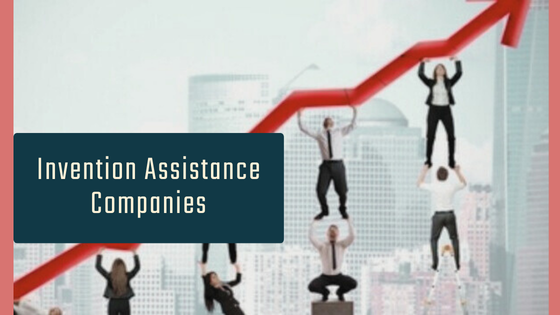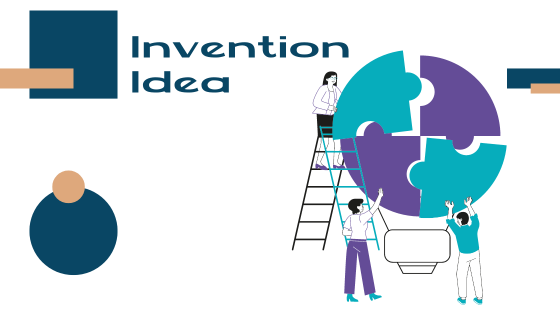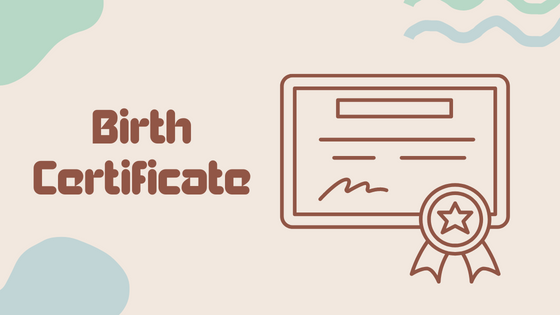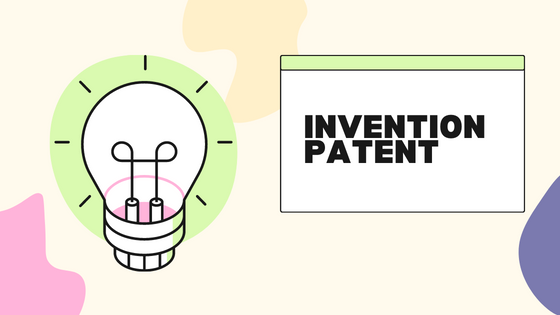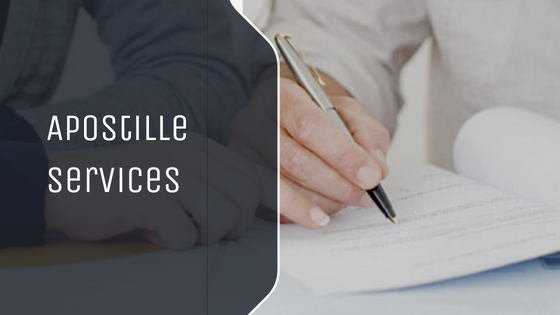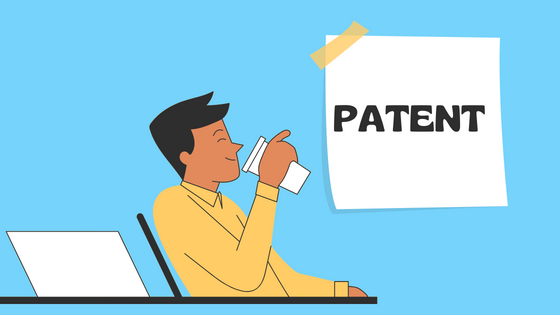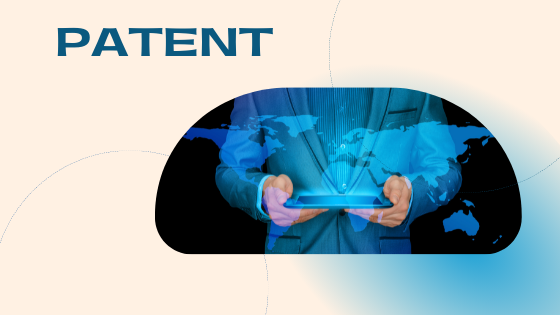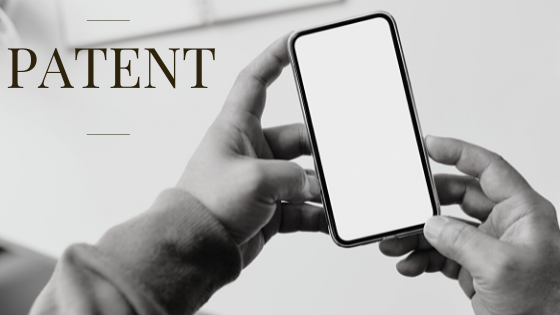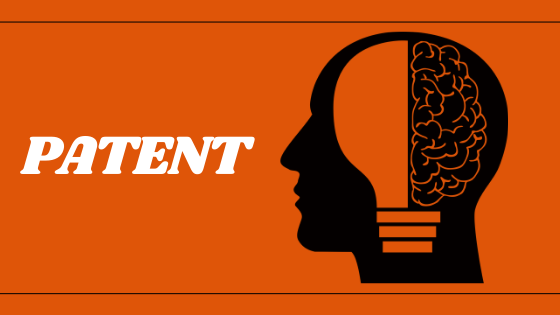For many inventors, one of the key challenges they face is determining the potential licensing opportunities for their invention. Licensing can be a lucrative avenue for inventors to monetize their creations and bring their ideas to market without shouldering the burden of production and distribution. However, identifying and securing the right licensing opportunities requires careful consideration and strategic planning. Here, we discuss how an inventor can assess and determine the potential licensing opportunities for their invention, with the support and guidance of a trusted invention assistance company like InventHelp invention company as described on https://s3.amazonaws.com/inventhelp-inventioncompany/intellectual-property-guidance/index.html.
Understand Your Invention’s Market Appeal
The first step in determining licensing opportunities for your invention is to understand the market appeal of your idea. Conduct thorough market research to assess the demand for your invention, identify potential competitors, and gauge consumer interest. By understanding the market landscape, you can better position your invention for licensing opportunities that align with market demand and trends. InventHelp can assist inventors in conducting market research and gathering valuable insights to guide their licensing strategy.
Identify Target Industries and Companies
Once you have a clear understanding of your invention’s market appeal, it’s essential to identify target industries and companies that may be interested in licensing your invention. Consider industries where your invention could address a specific need or gap in the market. Research companies within these industries that have a history of licensing agreements and a track record of successfully bringing new products to market. InventHelp can help inventors identify and connect with potential licensees, leveraging their industry knowledge and network of contacts to explore licensing opportunities effectively.

Evaluate the IP Protection of Your Invention
Before pursuing licensing opportunities, it’s crucial to ensure that your invention is adequately protected by intellectual property (IP) rights. Conduct a thorough IP search to verify that your invention is unique and does not infringe on existing patents or trademarks. Secure patents, trademarks, or copyrights for your invention to protect its commercial value and make it an attractive proposition for potential licensees. InventHelp can assist inventors in navigating the process of securing IP protection for their inventions, ensuring that they are well-prepared to explore licensing opportunities with confidence.
Develop a Compelling Pitch and Presentation
To attract potential licensees, inventors must develop a compelling pitch and presentation that effectively showcases the value and market potential of their invention. Highlight the unique features and benefits of your invention, demonstrate its competitive advantage, and articulate how it can address the needs of target industries or consumers. InventHelp can help inventors refine their pitch and presentation, providing guidance on messaging, design, and presentation skills to make a strong impression on potential licensees.
Network and Build Relationships
Networking and building relationships with industry professionals and potential licensees can significantly enhance the chances of securing favorable licensing opportunities for your invention. Attend industry trade shows, conferences, and networking events to connect with key decision-makers and showcase your invention. Leverage InventHelp’s industry connections and resources to expand your network and explore collaboration opportunities with companies interested in licensing innovative inventions.
In Conclusion
Determining the potential licensing opportunities for your invention requires a strategic approach, market understanding, IP protection, and effective presentation skills. By partnering with a reputable invention assistance company like InventHelp inventor services, inventors can access the expertise, guidance, and resources they need to navigate the licensing landscape effectively. With the support of InventHelp, inventors can maximize their licensing potential, connect with industry contacts, and position their inventions for success in the competitive marketplace.








